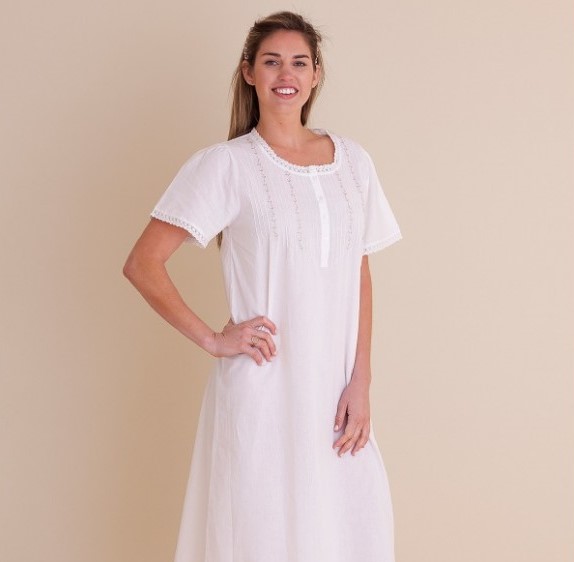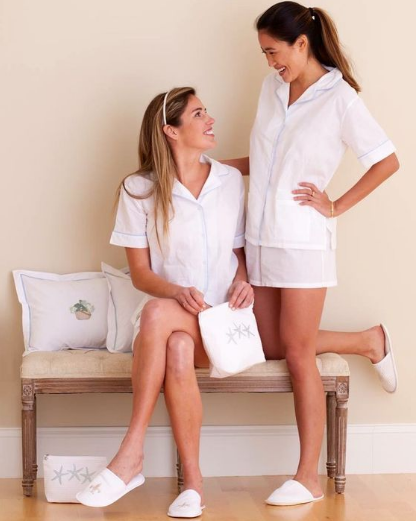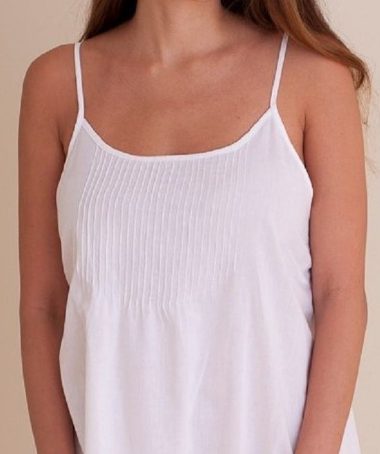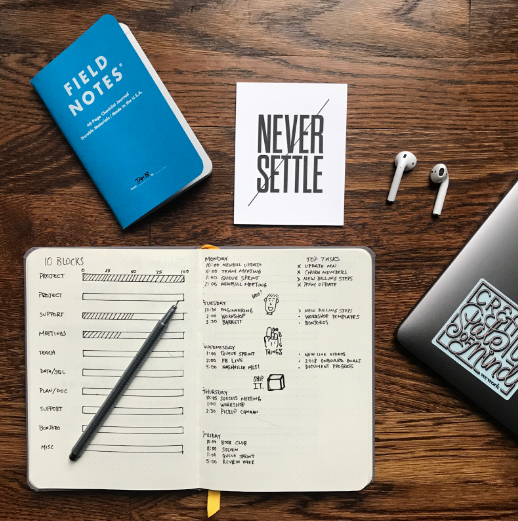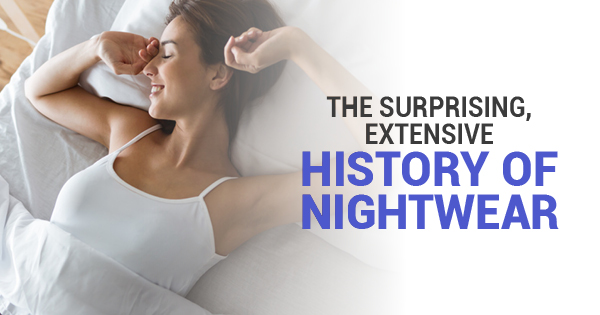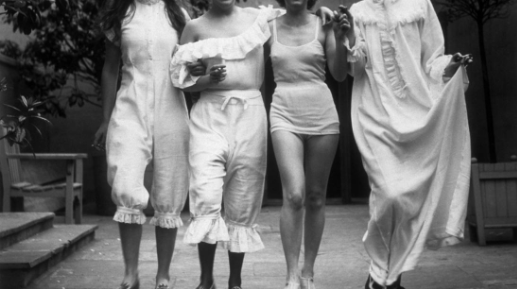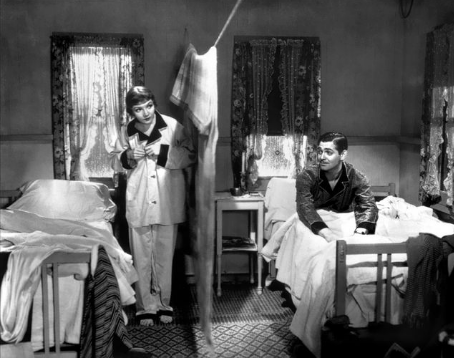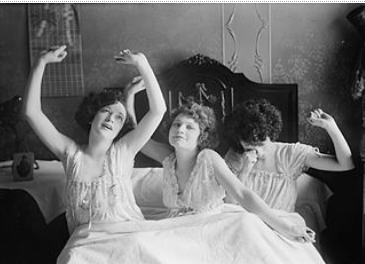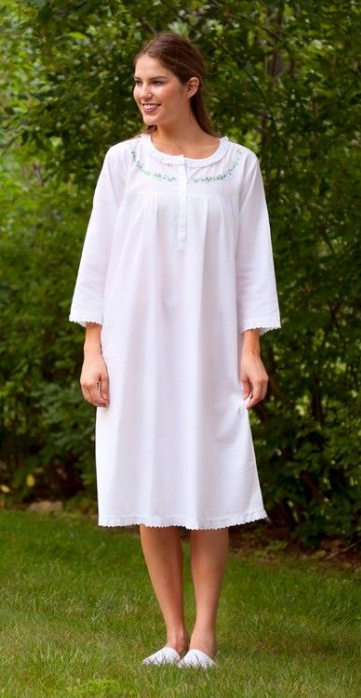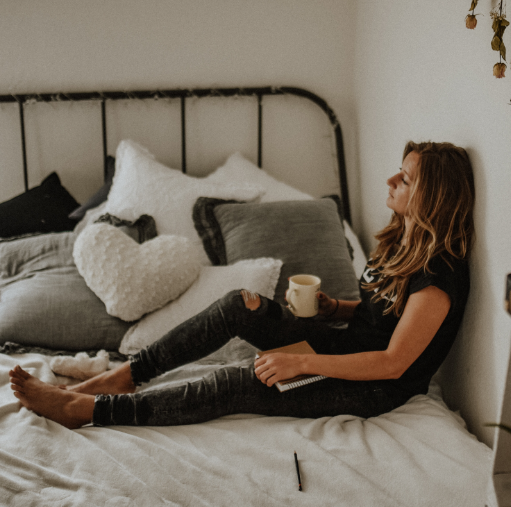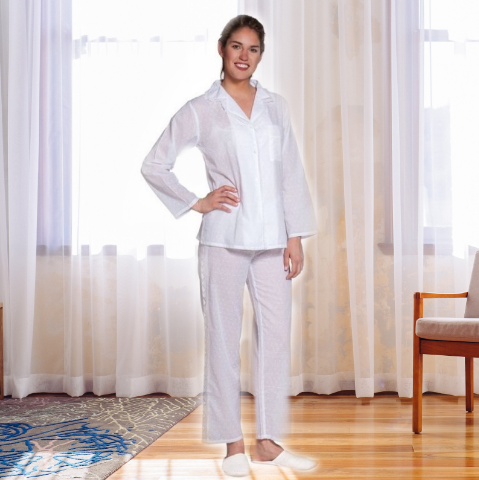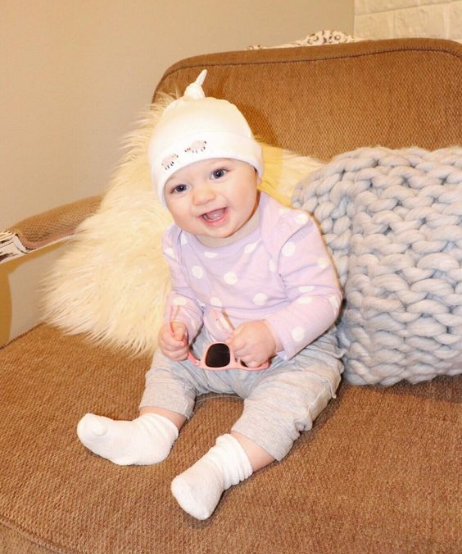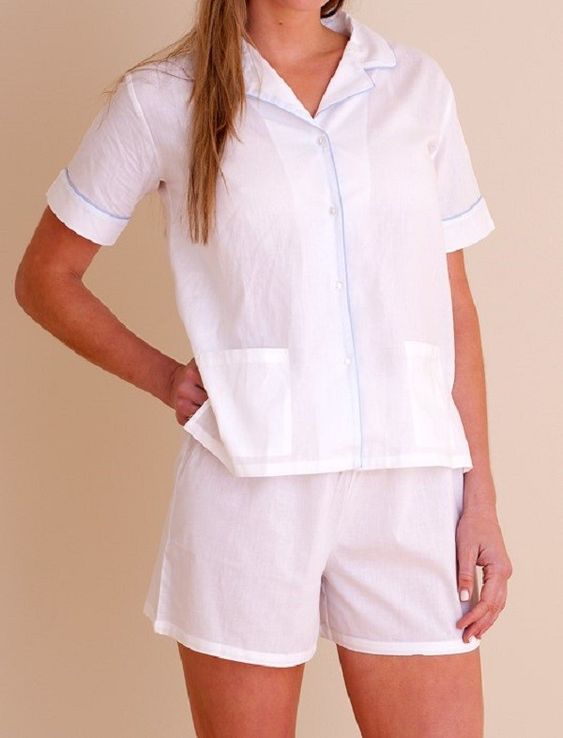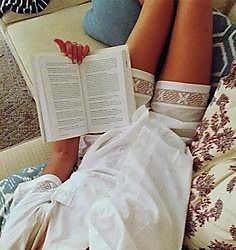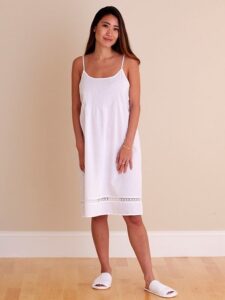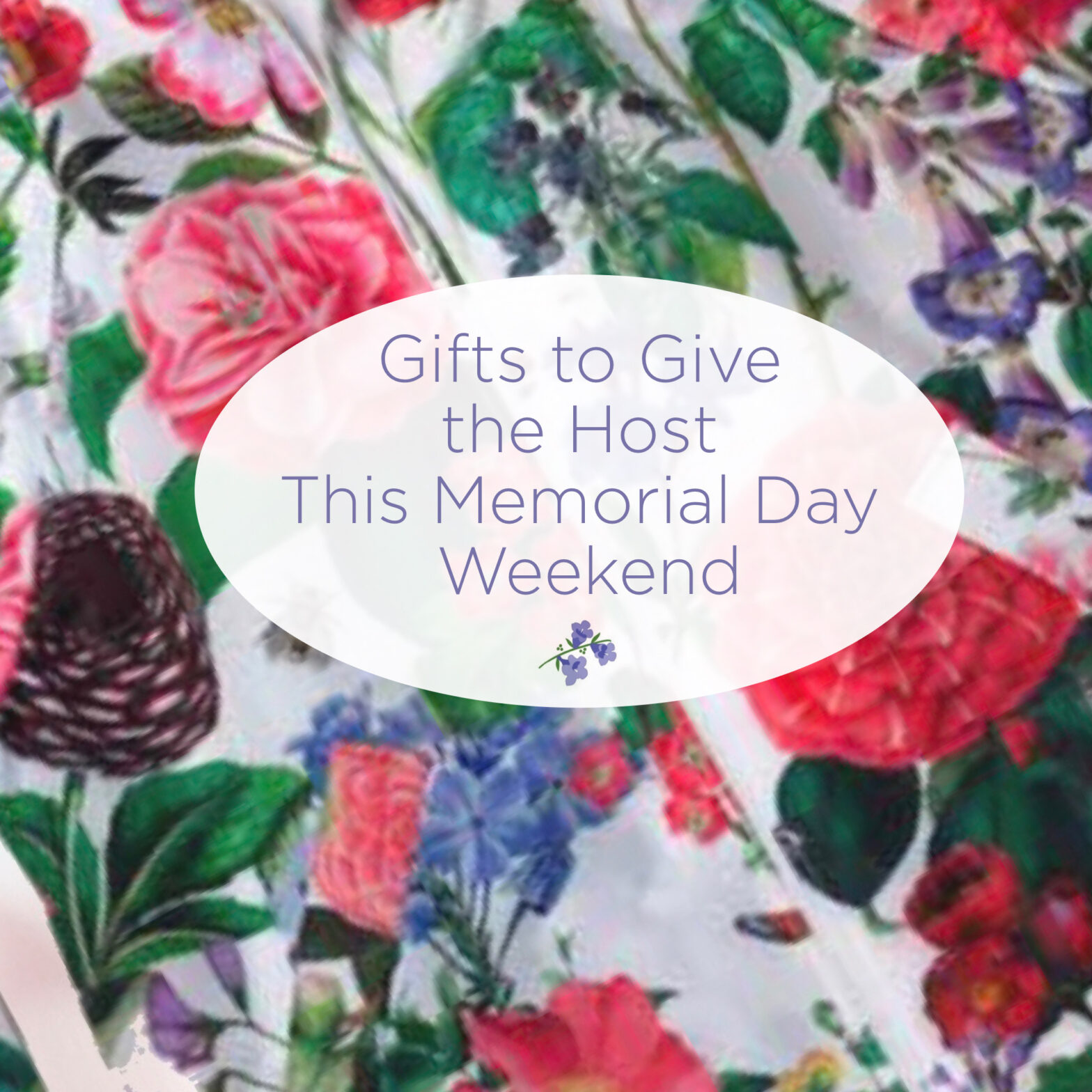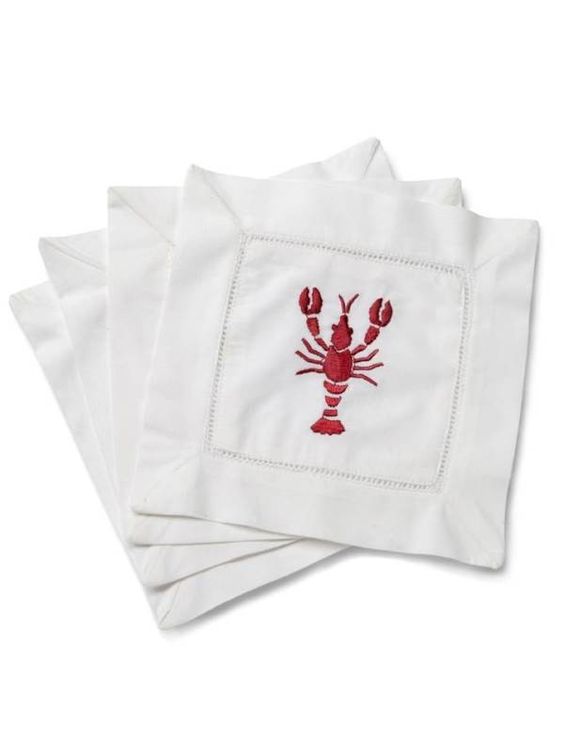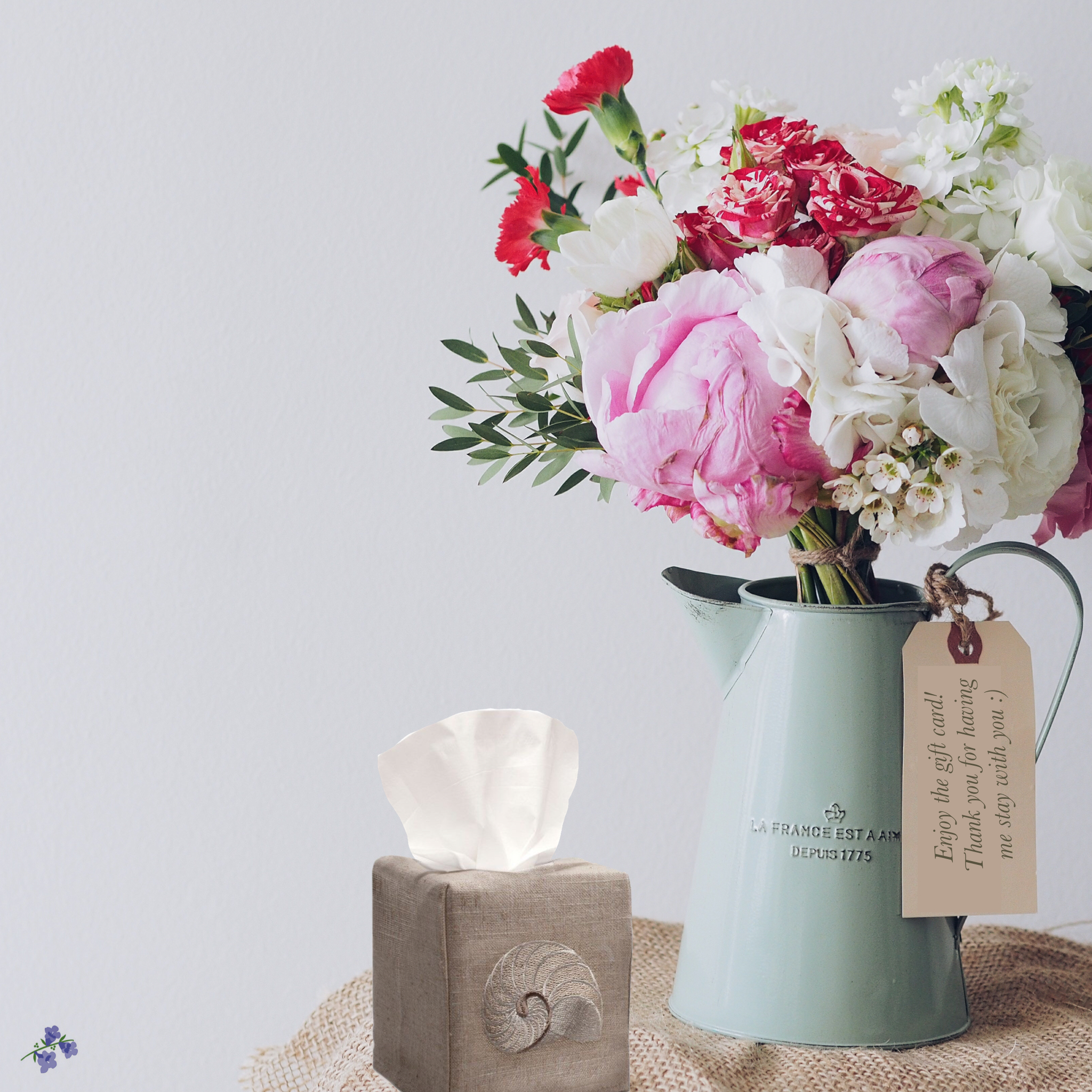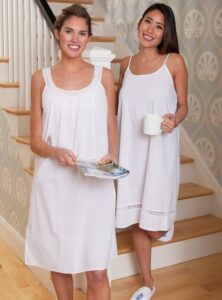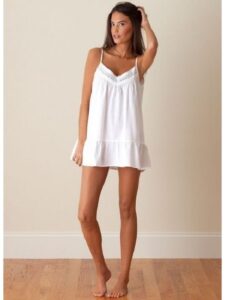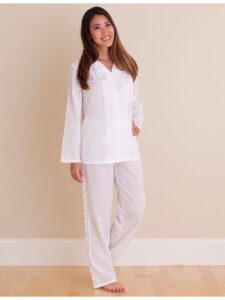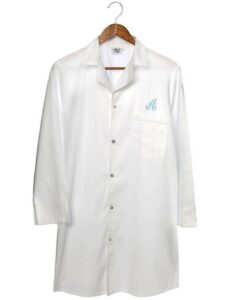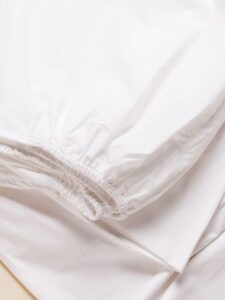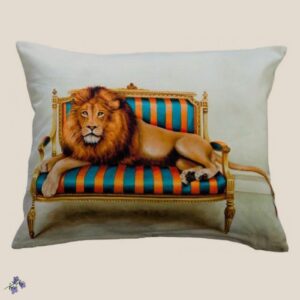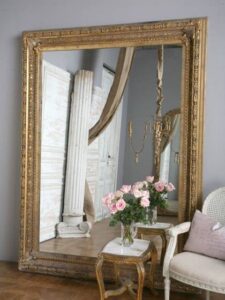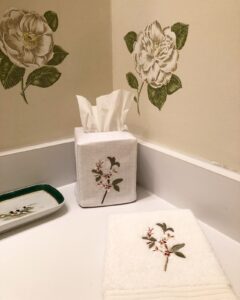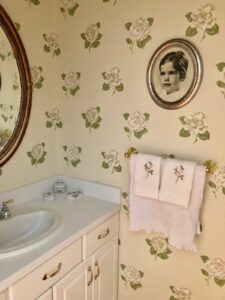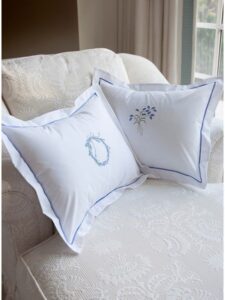You may have seen them in the Jacaranda Living women’s Victorian pajamas collection: coy, classy, white nightshirts. They’re like cute nighties, but with an interesting masculine twist. How did this age-old men’s style of nightshirt become such an intimate nightgown choice for modern day women? There’s actually an interesting history behind it.
Up until the sixteenth century, pajamas weren’t really a “thing” in most of the world. Western men, in particular, would either sleep nude or in one of their day shirts. Eventually, this would morph into them wearing dedicated nightshirts, usually their old, worn-in day shirts. Among nobility of the day, it became the fashion for men to wear fancily embroidered nightshirts, sometimes called “wrought” night-shirts.
By the Victorian era, the nightshirt had become the standard sleepwear of choice for men, women, and children. They resembled typically men’s day shirts of the time with their collars and buttons, only longer. Often they were monogrammed, as was the practice with much of households’ important linens since as far back as 1200 AD. Some had small feminine details around the bib and cuffs, such as frills, a precursor to the women’s and children’s nightgowns we see still occasionally today. For quite some time the shirt was often paired with a nightcap, but this went out of fashion in the 1860s.
So what changed the tide of nightwear? The idea of “pyjamas” brought from India and other Eastern cultures that were then British colonies. The long-sleeved shirt and pants combo (often made of fine striped fabric like silk) captured the heart of British fashion, putting dress-like nightwear out of vogue for a bit, especially for men who enjoyed wearing pants at night as they did in their daywear. In fact, the modern word pajamas and its variations reportedly comes from the Persian words “pay” and “jama”, meaning “leg garment”.
Victorian pajamas may have shifted, but that didn’t spell the end for nightgowns, mind you. Women and children continued to wear the nightgown and nightshirt styles until modern day but usually kept them very feminine — even for young male children. So how do we reach the modern allure of a men’s button-down shirt as women’s sensual sleep and loungewear from conservative Victorian pajamas? Cultural change and popular media, of course.
Since the emergence of the trope in the 1950s, women have often debated the true appeal of a button-down men’s shirt. Does the appropriated shirt represent the strength and intelligence of women as they strived to be seen socially as equals to men? Or does the borrowing of a man’s nightshirt imply a sense of ownership and sexuality? An iconic advertisement from menswear brand Van Heusen in the 1980s has embodies this debate. In the ad, Van Heusen claims to make button-downs “for a man to wear, and a woman to borrow,” featuring an attractive woman going about her lazy day while wearing a presumably ‘borrowed’ shirt from her partner.
Women wearing a man’s shirt (especially post, ahem, intimacy) has become a popular TV trope all its own. Movies all the way from Nightmare on Elm Street (1984) to Iron Man(2008) have featured it. Based on cultural and fashionable context, a contemporary nightshirt-style nightgown created specifically for women’s wants and style in mind can be a comfortable power statement.
How do you feel when you wear a nightshirt?

